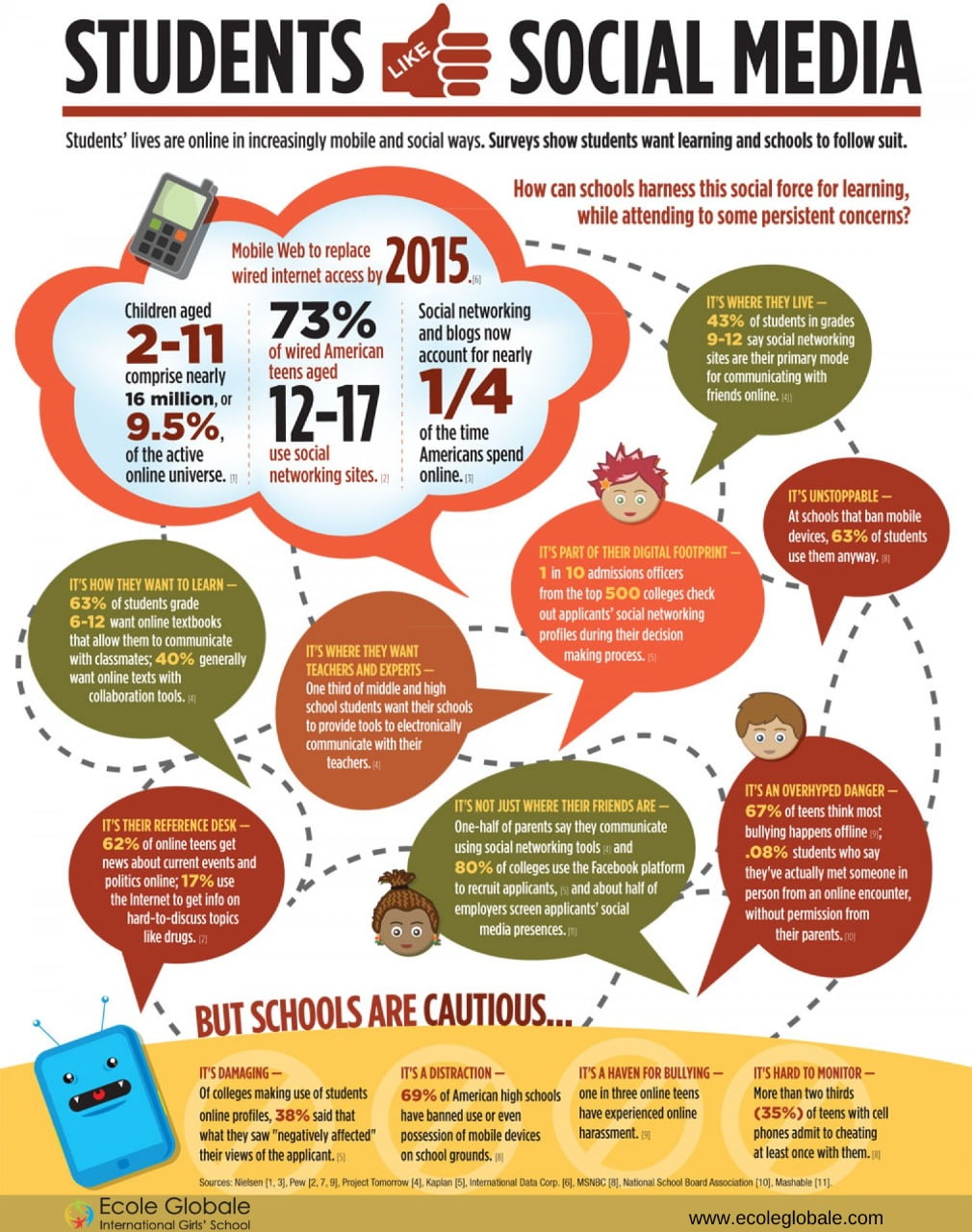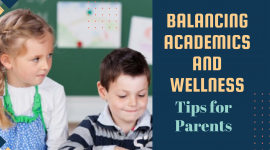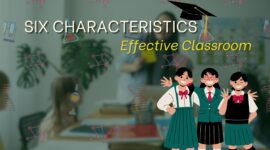Social media has become a ubiquitous part of daily life, especially for students. Platforms like Facebook, Twitter, Instagram, and WhatsApp dominate their time and attention, influencing various aspects of their lives both positively and negatively. In this article, we will explore the effects of social media in students’ academic performance, social development, and mental health.
Positive Effects of Social Media In Students
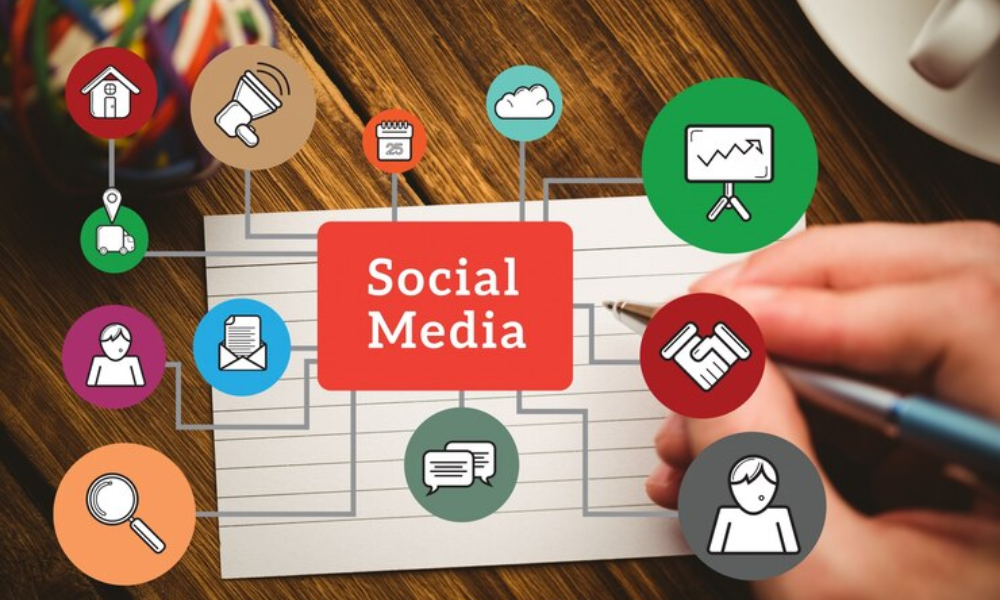
1. Enhancing Communication and Collaboration
- Digital Communication: Social media provides students with a primary means of communication, facilitating both personal and academic interactions.
- Collaborative Learning: Platforms allow students to engage in group projects, share resources, and collaborate with peers beyond the classroom.
- Access to Information: Social media serves as a rich source of information and educational content, aiding in research and knowledge acquisition.
2. Academic Engagement and Opportunities
- Online Learning Resources: Many educational institutions and educators use social media to distribute learning materials and conduct virtual classes.
- Peer Support: Students can join study groups and forums to seek help and share knowledge, enhancing their learning experience.
- Professional Networking: Platforms like LinkedIn help students connect with professionals, seek internships, and explore career opportunities.
3. Social and Emotional Benefits
- Building Relationships: Social media helps students maintain connections with friends and family, fostering a sense of belonging.
- Support Communities: It provides a platform for students to find support groups and communities that share similar interests or challenges.
- Self-expression: Students can express themselves creatively through blogs, vlogs, and other content-sharing methods, boosting their confidence and self-esteem.
Negative Effects of Social Media In Students
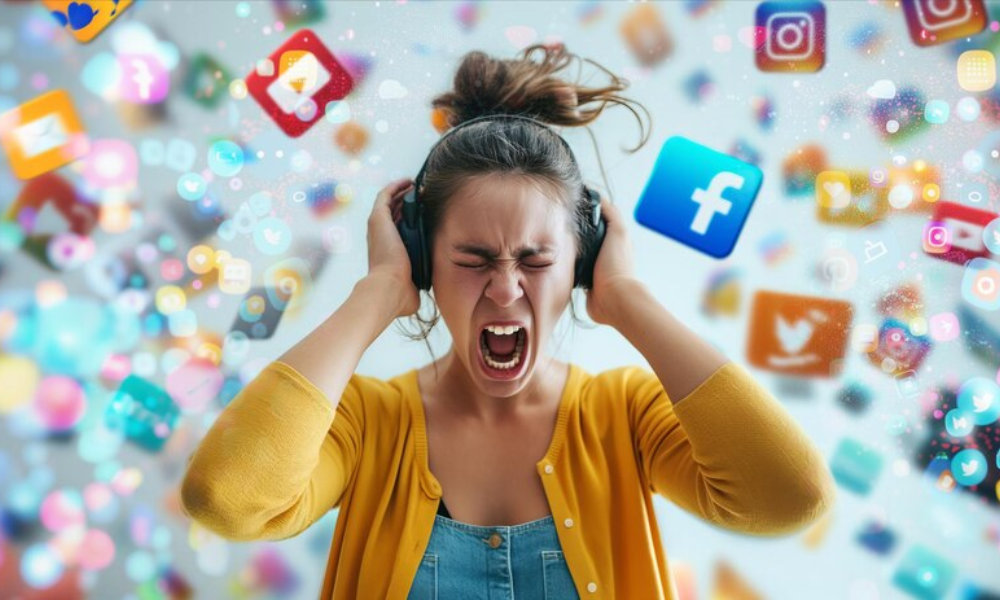
1. Distraction and Reduced Academic Performance
- Time Management Issues: Excessive use of social media can distract students from their studies and assignments, leading to poor academic performance.
- Reduced Concentration: Constant notifications and the lure of social media can reduce students’ ability to focus on their academic tasks.
2. Impact on Mental Health
- Anxiety and Depression: Overuse of social media has been linked to increased levels of anxiety, depression, and other mental health issues among students.
- Cyberbullying: Social media can be a platform for cyberbullying, causing emotional distress and psychological harm to students.
- Fear of Missing Out (FOMO): Seeing peers’ curated lives can lead to feelings of inadequacy and FOMO, affecting students’ self-esteem and mental well-being.
3. Privacy and Security Concerns
- Data Privacy: Students often share personal information online without understanding the potential risks, making them vulnerable to data breaches and privacy violations.
- Online Predators: There is a risk of students encountering online predators and engaging in unsafe interactions.
Balancing Social Media Use
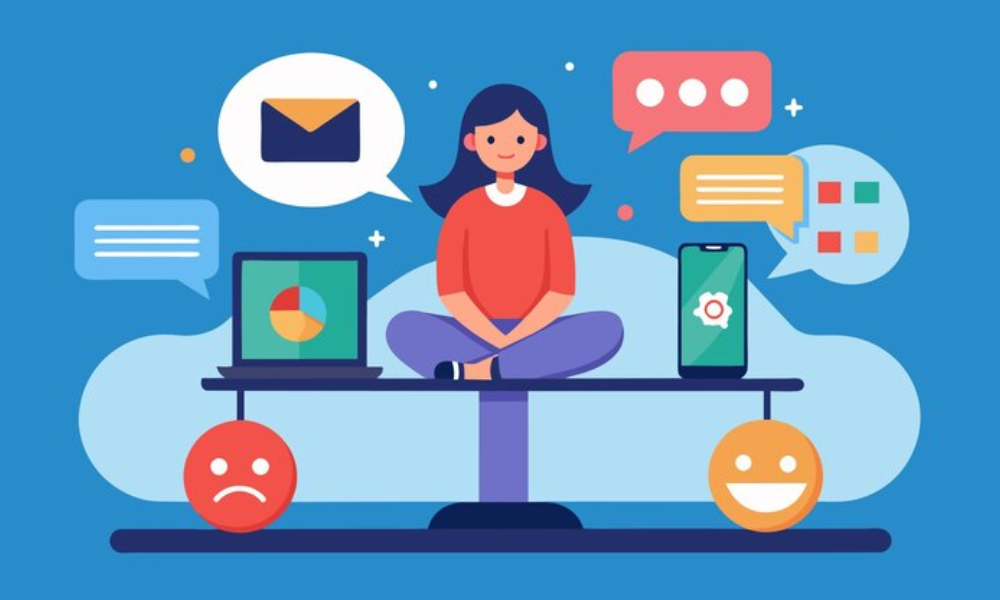
1. Setting Boundaries and Limits
- Time Management: Encourage students to set specific times for social media use to prevent it from interfering with their studies and sleep.
- Content Moderation: Teach students to curate their social media feeds to include positive and educational content.
2. Promoting Digital Literacy
- Awareness Programs: Schools should conduct workshops on the safe and responsible use of social media.
- Parental Guidance: Parents should monitor their children’s social media activity and educate them about online safety.
3. Encouraging Healthy Habits
- Offline Activities: Encourage students to engage in physical activities, hobbies, and face-to-face interactions to reduce their dependence on social media.
- Mindfulness Practices: Promote mindfulness and relaxation techniques to help students manage stress and anxiety caused by social media.
Conclusion
While social media offers numerous benefits, its potential negative effects of social media in students’ lives cannot be ignored. By promoting balanced use, digital literacy, and healthy habits, we can help students harness the positive aspects of social media while mitigating its risks. It is crucial for educators, parents, and students themselves to work together to create a safe and productive digital environment.
Frequently Asked Question
Q1.Does social media improve communication?
Answer- Yes, social media platforms can enhance communication and collaboration among students for both personal and academic purposes.
Q2.Can social media help with studies?
Answer- Social media offers access to educational resources, online learning platforms, and peer support groups, potentially improving academic engagement.
Q3.Does social media affect mental health?
Answer- Excessive social media use can lead to anxiety, depression, and FOMO (fear of missing out), negatively impacting students’ mental well-being.
Q4.How to manage social media use for students?
Answer- Set time limits, curate content, promote digital literacy, and encourage healthy offline activities to balance social media use.
Q5. Who’s responsible for safe social media use?
Answer- Students, parents, and educators all have a role in promoting responsible and balanced social media use for a safe digital environment.






